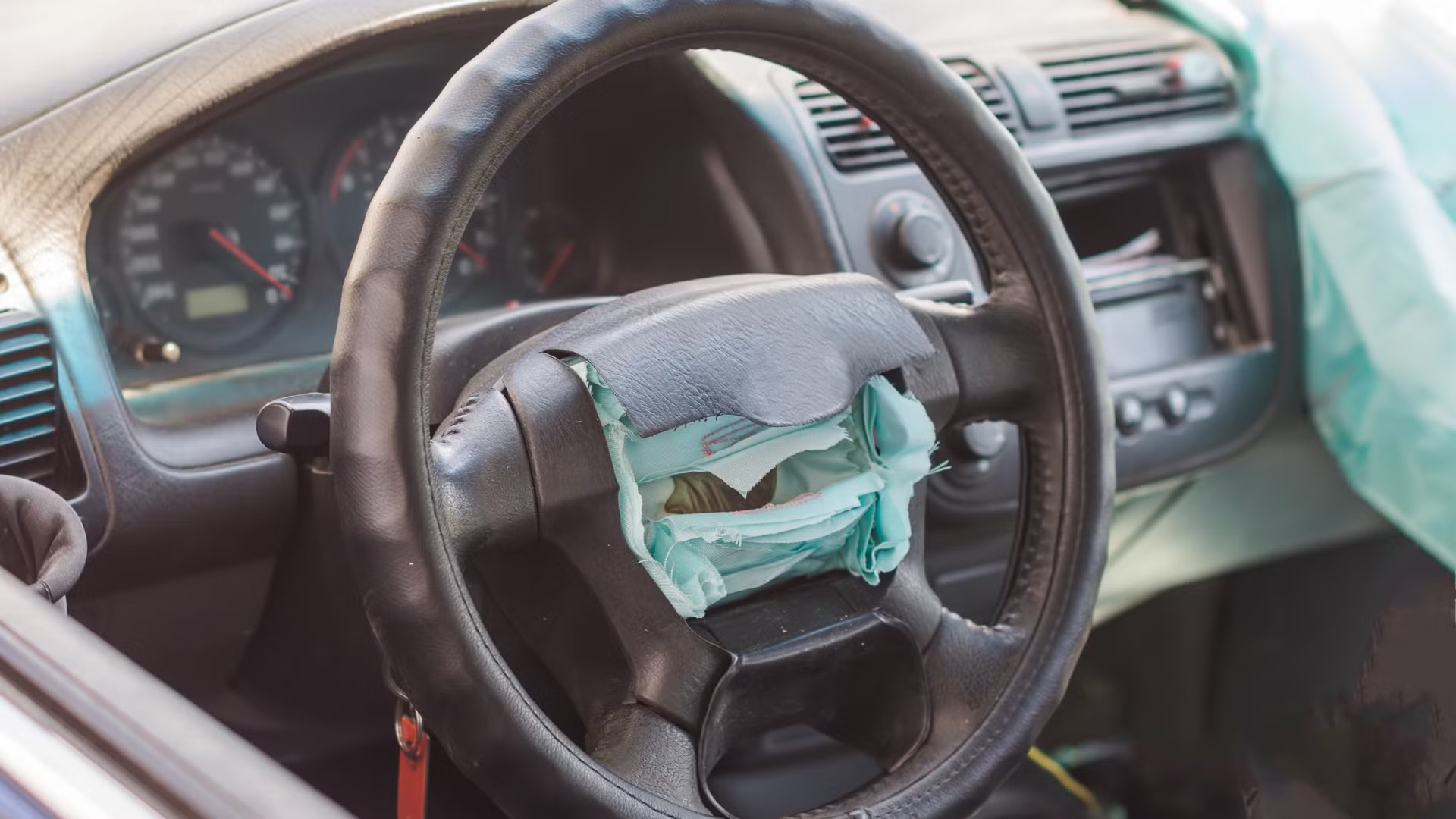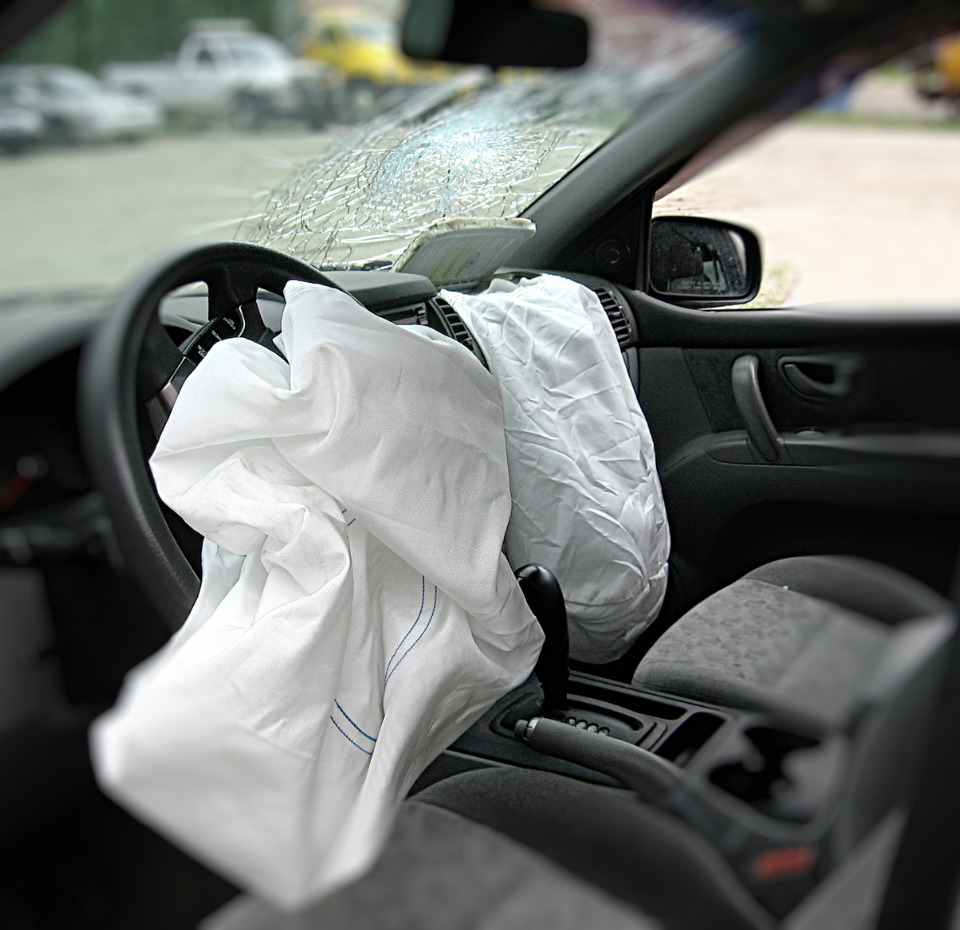If you owned a new car from the model years 2000 to 2017, you’ve likely received a notification from the NHTSA to replace your airbags. The Takata airbag recall is by far the largest in automotive history.
The previous record-holder was a 2014 recall for 30 million GM vehicles due to faulty ignition switches.
The Takata recall, however, involved 67 million vehicles in the U.S. alone, doubling GM’s number, and affected more than 100 million vehicles globally, impacting over 20 automakers.
Most people are familiar with the basic story. Even if you never owned a car equipped with Takata airbags—models like the 2010 Dodge Challenger or the 2006 Ford Ranger—you probably know someone who did.
With about one in five cars sold in the first two decades of the 21st century affected, it’s hard to find anyone untouched by the recall. Takata was a massive player in the automotive industry, although relatively unknown to most Americans before the recall.
Founded as a textile company in 1933, Takata expanded into seat belts in the 1950s, even building Japan’s first crash test facility.
The company began manufacturing airbags in 1988 and, by 2014, held a 20% market share, meaning one in five cars produced during that time used Takata airbags.
Linda Rink, a senior scientist at Sweden’s Autoliv, explained that GM chose Takata inflators because they were 30% cheaper, allowing GM to cut costs.
To compete with Takata’s pricing, other suppliers would have had to make significant compromises, and even then, it would be challenging to match Takata’s costs.
These negotiations began in the late 1990s. The oldest cars included in the recall date back to 2000, though some reports suggest Takata airbags found their way into certain Hondas as early as 1998.
Over two decades, Takata captured a large portion of the airbag market as automakers, facing economic pressures, sought cost savings.
The Takata airbag recall timeline starts in early 2013 with a major recall for 3.6 million units using inflators from Takata’s Coahuila, Mexico, plant.
In June 2014, Takata admitted that improper storage at this plant likely exposed inflator propellants to moisture, making the chemicals unstable and prone to detonating, which could send metal fragments into drivers and passengers.
This admission triggered a chain reaction. The NHTSA investigated after receiving three injury complaints, and BMW, Ford, Mazda, Nissan, Toyota, Chrysler, and Honda recalled three million vehicles.
In July, a lawsuit was filed after a 42-year-old woman in Malaysia was killed by a metal fragment from a ruptured airbag while driving her 2003 Honda City at just 18 mph.
Within a year, Takata became responsible for the largest automotive recall in history. By November 2015, the NHTSA-ordered recalls reached 53 million vehicles.

Reporting on the issue was unsettling as it unfolded, but the NHTSA’s response showed it was holding the involved parties accountable.
In 2017, three Takata executives were criminally charged with wire fraud for selling inflators with fraudulent safety reports.
The company agreed to a $1 billion settlement, which included a $25 million fine, $125 million for victims, and $850 million for automakers.The total number of affected units is still unclear.
The NHTSA cites a recall number of 67 million, but with automakers initiating additional recalls, the number is closer to 100 million across 34 car brands, including Acura, Audi, BMW, Cadillac, Chevrolet, Chrysler, Ferrari, Ford, Honda, Jaguar, Jeep, Lexus, Mazda, Mercedes-Benz, Nissan, Toyota, Volkswagen, and more.
As of now, the NHTSA estimates around 27 U.S. fatalities and at least 400 injuries due to Takata airbags, with five deaths in 2022 alone.
Takata filed for bankruptcy in 2017, and its assets were sold to Key Safety Systems for $1.6 billion, mainly to settle debts and clear remaining administrative obligations.
Key Safety Systems, now Joyson Safety Systems, effectively dissolved the Takata name. Despite this, the NHTSA estimates that 6.4 million faulty Takata airbags are still on U.S. roads, with 40% of the unfixed vehicles in high-humidity areas like Alabama, Florida, and Texas.
These regions are designated as Zone A by the NHTSA, where moisture increases the risk of inflator explosions. It’s essential for owners to check their VIN on the NHTSA website for airbag recalls.
Even after Takata shut down, more airbags were recalled in 2019. This recall involved a different set of Takata inflators that failed or exploded due to a bad seal that allowed moisture in.
Although this later recall affected fewer vehicles, it still included major brands like Mitsubishi, Isuzu, Honda, Audi, Toyota, and BMW.
The airbag recall wasn’t Takata’s first safety issue. In 1995, Takata was involved in what was then the second-largest automotive recall, due to faulty seatbelt buckles in Honda and other vehicles.
The recall affected more than 8.4 million vehicles from 1985 to 1991, including brands like Nissan, Daihatsu, Mitsubishi, Subaru, Chrysler, Ford, and GM, which used rebadged imports like the Dodge Stealth and Geo models.
The companies agreed to recall the affected units but ultimately only fixed 18% of the nearly 9 million vehicles within two years of the agreement. The NHTSA fined Takata and Honda $50,000, stating that Honda had been aware of the issue for years but had not acted.
With advancements in technology and regulatory oversight, vehicle safety has improved.
While hindsight makes Takata’s prolonged business survival seem questionable, the NHTSA’s monitoring and enforcement continue to evolve.
If you drive an older car, check your VIN on the NHTSA website to ensure you’re not at risk.

